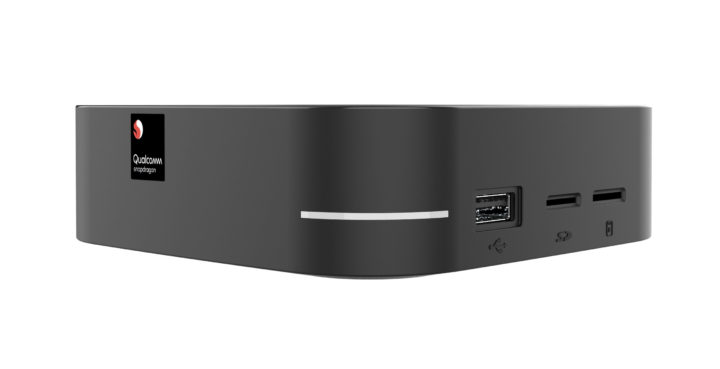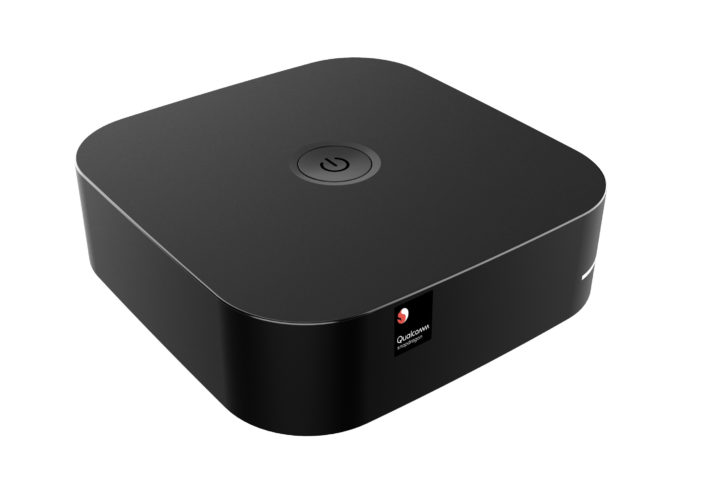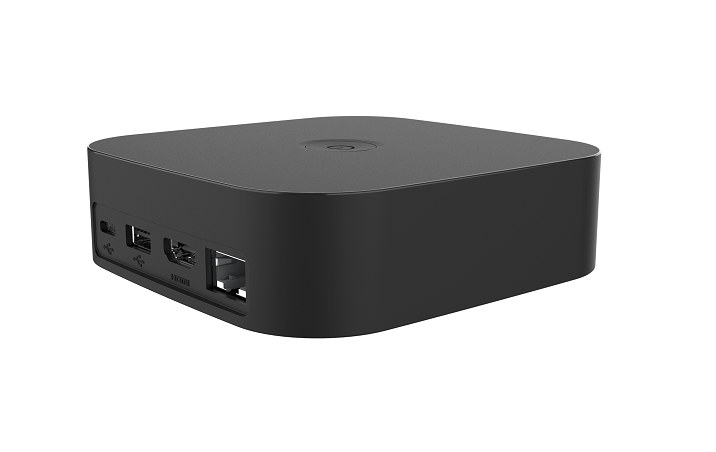In order to encourage developers to port their apps to Windows 10 on Arm, Qualcomm and Microsoft have announced the Snapdragon Developer Kit based on a Snapdragon Compute platform and aiming to provide a cost-efficient platform that will be less costly than a laptop.
The development kit looks like a mini PC, and while the full specs have not been announced, it could well be powered by the just-announced Snapdragon 7c Gen 2 processor, itself a cheaper version of Snapdragon 7c.

I’d assume at least one HDMI or DisplayPort at the back, and possibly an Ethernet port, but we just don’t know as developers’ resources specific to this developer kit are limited to say the least.

We should have many more details to share this summer once the Snapdragon “QC710” developer kit becomes commercially available on Microsoft Store. Some quotes and a few more details may be found in the press release.
[Update: QC710 is now listed on ECS with more details (thanks Cristoffer!) including the specifications:
- Platform – SC 7180 (QSIP 7180) with 4GB LPDDR4 PoP
- Storage – 64GB eMMC flash, MicroSD card slot
- Video Output – HDMI
- Connectivity
- 10/100M Ethernet
- 4G LTE with SIM card slot or eSIM
- Optional 802.11ax (PCIe module)
- USB – 1 x USB 2.0 Type-C (PD-Charging), 1 x USB 2.0 Type-A, 1 x USB 3.2 Gen1
- Dimensions – 119 x 116.6 x 35 mm
- Weight – 230 grams

Jean-Luc started CNX Software in 2010 as a part-time endeavor, before quitting his job as a software engineering manager, and starting to write daily news, and reviews full time later in 2011.
Support CNX Software! Donate via cryptocurrencies, become a Patron on Patreon, or purchase goods on Amazon or Aliexpress





